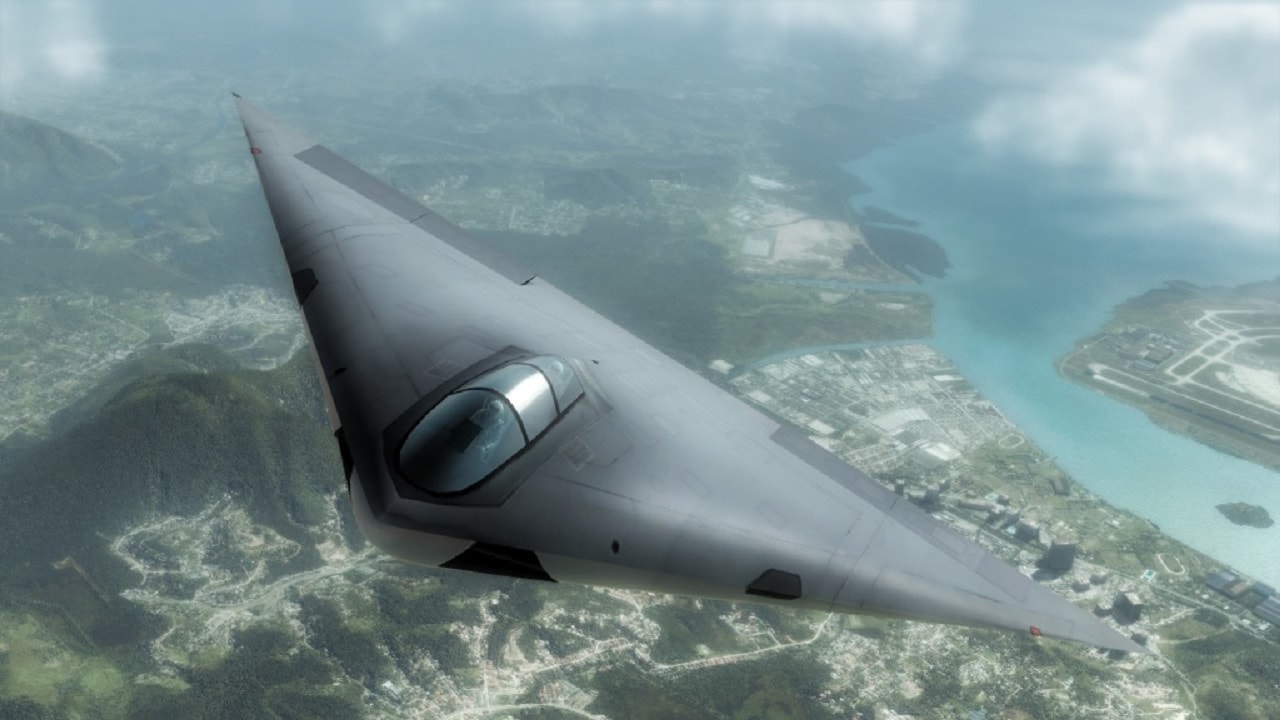What You Need to Know: The US Navy’s pursuit of carrier-launched drones dates back to the 1980s with the A-12 Avenger II, a planned stealthy bomber drone.
-Despite initial promise, the A-12 program, developed by Boeing and General Dynamics, was canceled in 1991 due to cost overruns, weight issues, and technological hurdles, particularly the difficulty of landing a drone on a moving carrier.
-Although deemed a failure, the A-12’s ambition paved the way for later successes like the X-47B demonstrator and the MQ-25 Stingray aerial refueler, demonstrating the Navy’s continued commitment to integrating unmanned aircraft into carrier operations.
From Dream to Disaster: Why the Navy Canceled the A-12 Avenger II
The United States Navy made history roughly ten years ago by launching the stealthy X-47B demonstrator drone from the deck of an aircraft carrier, a long-sought-after technological capability intended to usher in a new era of carrier air attack.
At the time, Navy weapons developers explained the long-term, massive developmental effort that went toward making this possible, as it involved the creation of complex new algorithms, navigational technologies, and command and control systems.
This was considered a major breakthrough achievement at the time. US Navy weapons developers described that attempting to land a drone on an aircraft carrier presented entirely new and different challenges than historic manned carrier flight.
In particular, Navy developers explained that a new generation of technologies was needed to enable an unmanned system to navigate changing sea states, wind conditions, and the challenges presented by landing on a “moving” carrier.
It is not clear what happened to Northrop’s X-47B after its successful flight, but in subsequent years, the service has developed a first-of-its-kind unmanned aerial refueler called the MQ-25 Stingray.
This platform, which brings carrier-launched unmanned technology to refuel from a carrier air wing, is now successfully arriving after years of development.
Many consider the X-47B and MQ-25 breakthrough developments because of the many years the US Navy had been attempting unmanned carrier flight.
Meet the A-12 Avenger II
As far back as the 1980s, the US Navy had been developing the stealthy A-12 Avenger II, a stealthy carrier-launched first-of-its-kind drone. The Navy developed the platform to launch from a carrier, land on a carrier, and perform bombing missions.
The Navy built and attempted tests on prototype demonstrators of the platform, and the project at times showed promise. Boeing and General Dynamics won a deal to develop the aircraft in 1988.
However, in 1991, the project was canceled by the Pentagon and former Vice President Dick Cheney for cost overruns, weight challenges, and other technological complications, according to an article from The National Interest.
The A-12 Avenger II was initially designed to replace Northrop’s A-6 Avenger. However, the project was abandoned in favor of the F/A-18 Hornet.
Why would this amazing breakthrough technology possibility be canceled?
Indeed, a stealthy bomber would have been and still is, an amazing value-added addition to a Carrier Air Wing. Such an airplane would bring new tactics, attack possibilities, and concepts of operation to US Navy aircraft carrier power projection.
Looking back a few years, the A-12 Avenger II was most likely canceled for technological reasons, given the complexity of the engineering challenges involved with landing a drone on a moving carrier.
The Stealth Bomber Idea Lives On
However, the concept and ambition certainly lived on, and the US Navy is now engineering special unmanned systems and command and control centers built to support drone flight from carriers.
Many news essays on the Avenger II spoke of soaring costs and design complications at the time of the cancelation.
The longstanding vision to accomplish this is quite likely why the successful take-off and landing of the X-47B was so monumental.
While the A-12 Avenger effort may have been regarded as a failure, perhaps it succeeded in successfully informing new stealth designs that are now supporting the US Navy.
About the Author: Kris Osborn
Kris Osborn is the Military Technology Editor of 19FortyFive and President of Warrior Maven – Center for Military Modernization. Osborn previously served at the Pentagon as a highly qualified expert in the Office of the Assistant Secretary of the Army—Acquisition, Logistics & Technology. Osborn has also worked as an anchor and on-air military specialist at national TV networks. He has appeared as a guest military expert on Fox News, MSNBC, The Military Channel, and The History Channel. He also has a Masters Degree in Comparative Literature from Columbia University.

